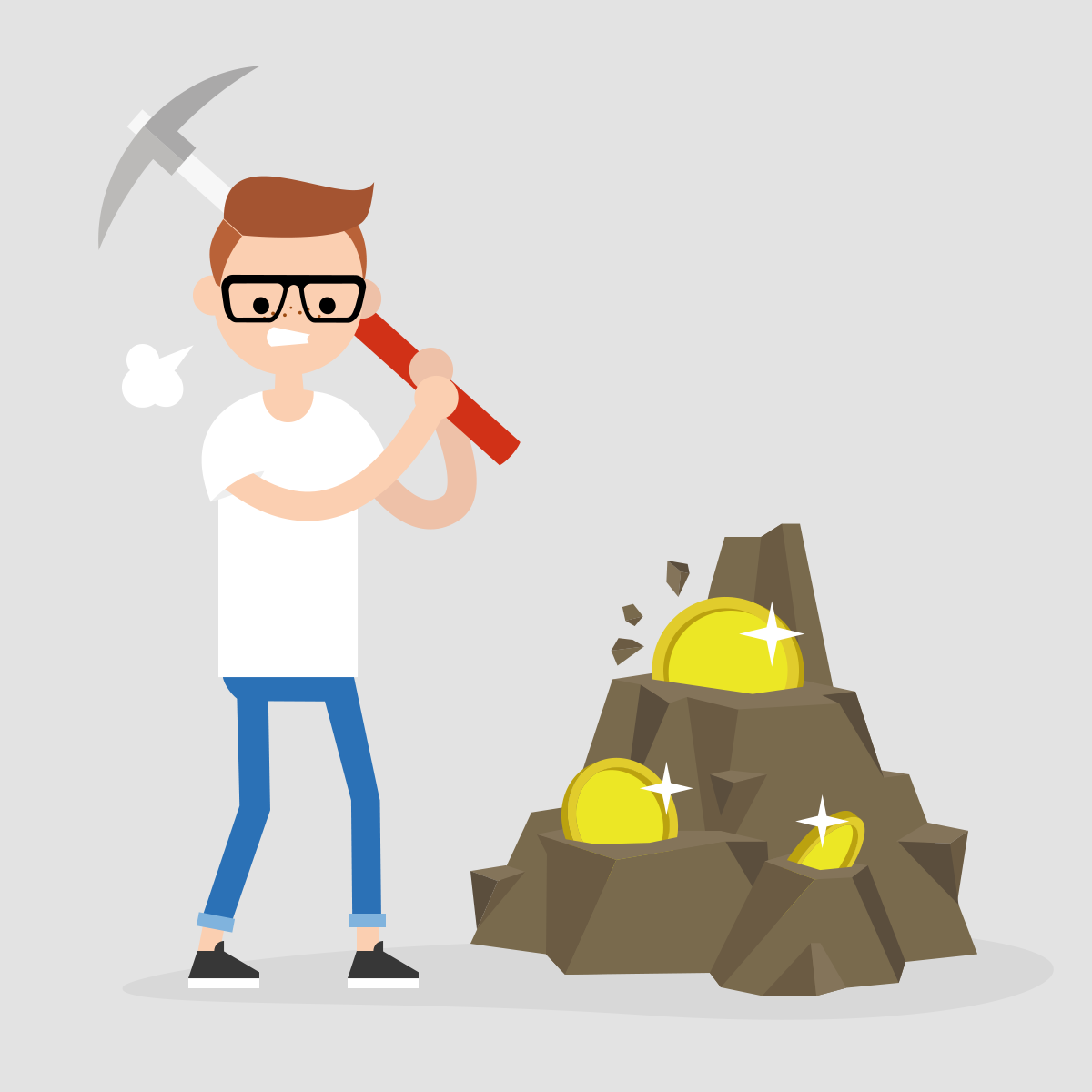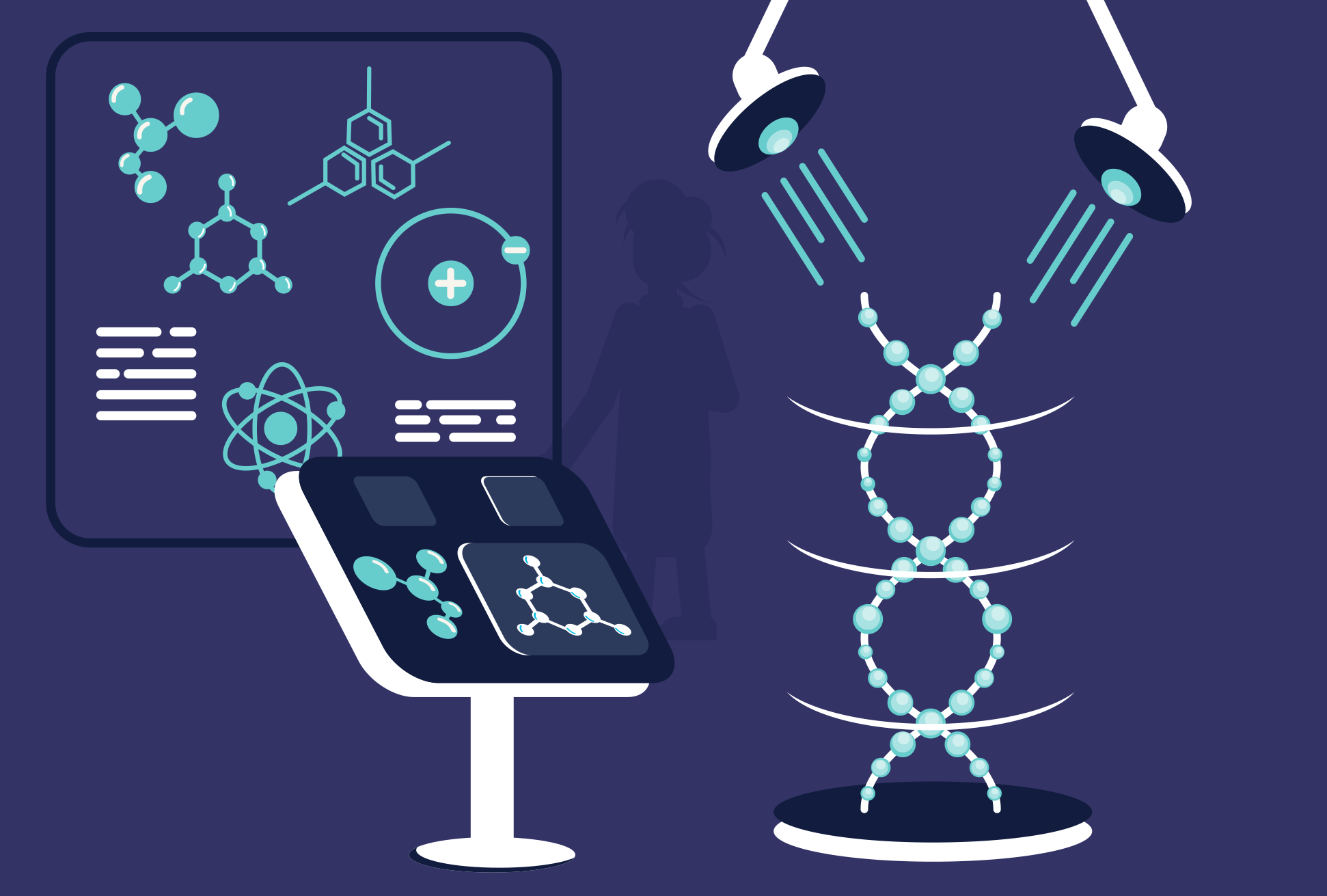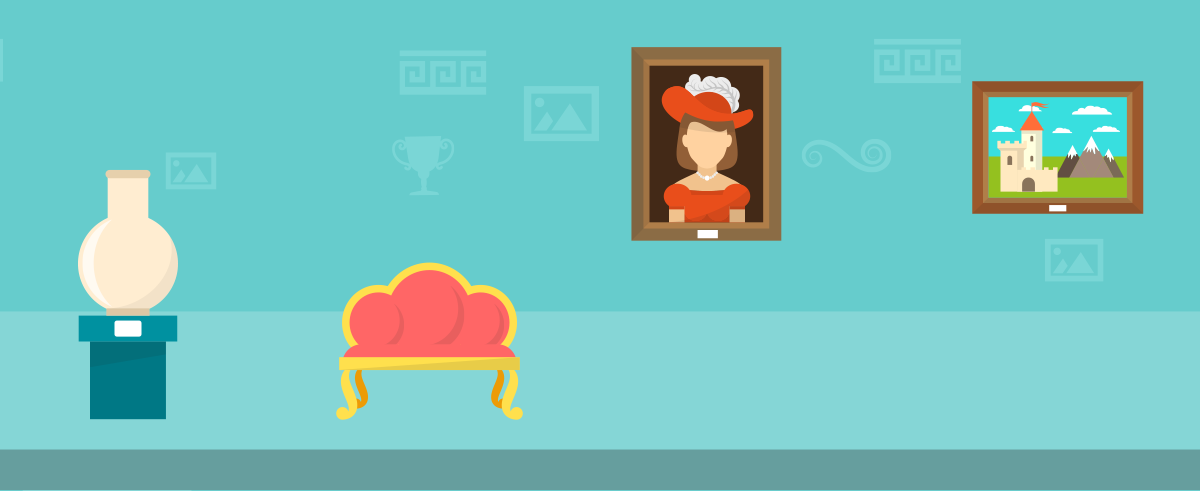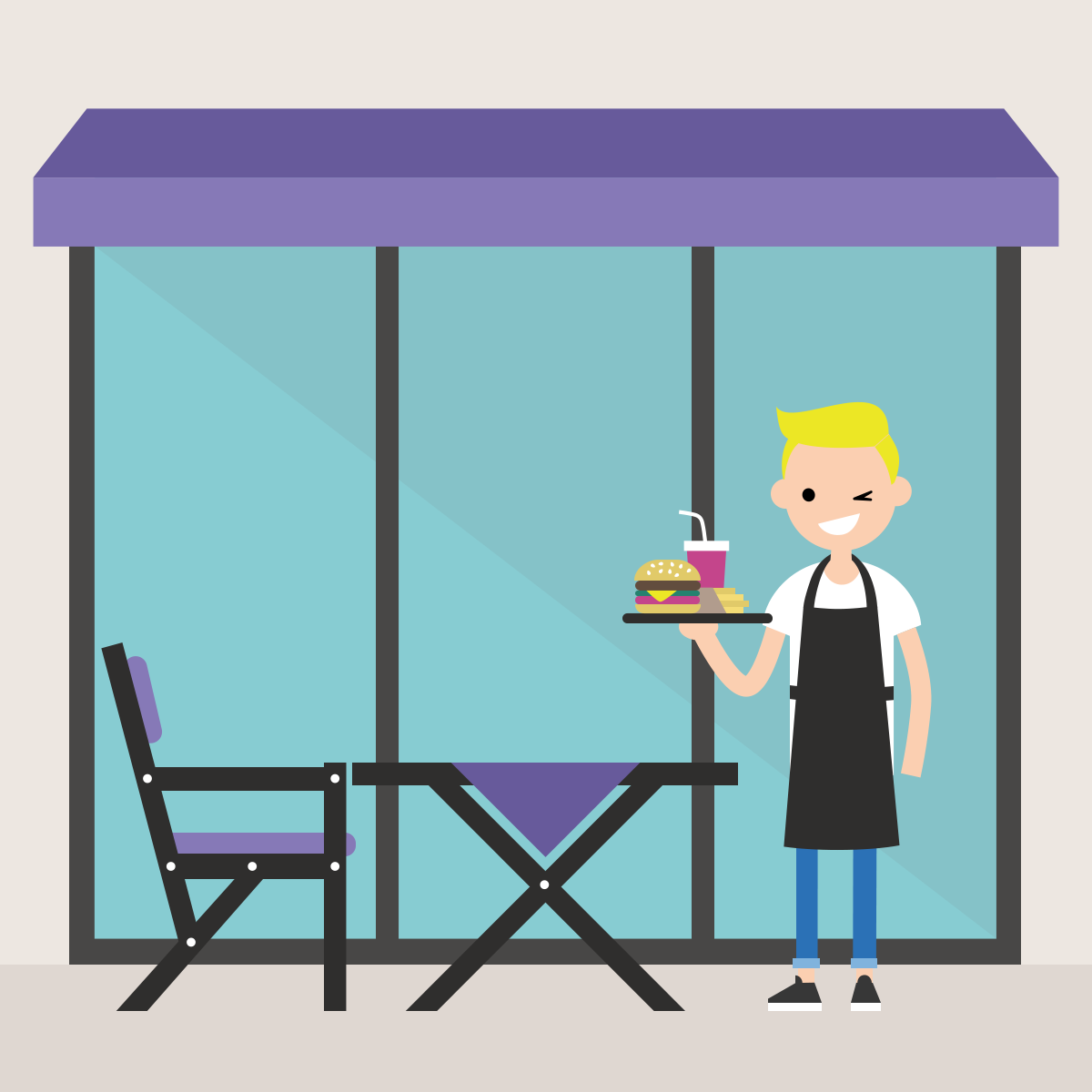![5 Ivy-level Personal Statement Examples [Updated 2023]](https://winningivyprep.com/wp-content/uploads/2019/04/upenn-college-hall-1080x600.jpeg)
5 Ivy-level Personal Statement Examples [Updated 2023]
Here, we have 5 high quality Personal Statement essay examples from my students over the years. Great Common App Personal Statements tend to give a glimpse into each student’s life, thought processes, growth, and maturity.
Another trend that you may notice with these essay examples is that they’re not entirely CAREER or ACADEMIC based. It depends on the vibe you’re going for, but the general rule of thumb is to think about these essays from the perspective of the admissions officer.
In other words, it’s NOT as simple as “showing off your personality” in personal statement. You might hear this or read this somewhere, but, seriously, don’t listen to it. Your personality will not get you into a top school (unless you’re trying to hustle your way into a party when you’re not on the guest list, then that’s different.)
Think about it rationally: An admissions officer’s JOB is to assemble a cohort of great students into his/her university. Upon reading each application, an admissions professional is thinking: “How will this student contribute to our school? What will this person bring to the table?”
So, your personal statement needs to help answer that question.
Note: Official Common App Personal Statement Prompts are posted here.
Remember, the word count is 650 words! And, just an FYI — titles for college app essays are completely unnecessary. I just included them in this post to refer to them more easily.
PERSONAL STATEMENT EXAMPLE #1:
PERSONAL STATEMENT EXAMPLE #2:
PERSONAL STATEMENT EXAMPLE #3:
PERSONAL STATEMENT EXAMPLE #4:
PERSONAL STATEMENT EXAMPLE #5:
Common App Personal Statement Example #1
The lessons we take from obstacles we encounter can be fundamental to later success. Recount a time when you faced a challenge, setback, or failure. How did it affect you, and what did you learn from the experience?

Common App Personal Statement Example #1: Treasure Hunt
Armed with a Tesoro metal detector, my father and I trekked up the 19-mile Dutchman Trail, the 6am sun peeking behind Saguaro cacti dotting the dusty desertscape. As we ascended Superstition Mountain, I flipped on the Tesoro, and waved it alongside the bedrock, expectantly waiting for a screech…the sound of metal!
During my sophomore year, [Name], a friend of my father’s, passed away, leaving behind boxes of oddities bequeathed to my father. Rummaging through the boxes, I happened upon [Name’s] Tesora–a metal detector. As an avid detecting hobbyist, [Name] had told me about the legend of the Lost Dutchman Mines, a gold mine from the 1890s rumored to be tucked within the Superstitions.
Within the boxes, I also managed to find a leather bag filled with over 10-pounds of dusty old coins, bullet cartridges, BBs–most likely items [Name] found metal detecting. Romanticizing the lifestyle of a gold prospector, I pestered my father to take me to the Superstitions.
So for nearly 2-hours, we meandered along the suffocatingly blistering trail, waiting for the Tesora to indicate treasure. BA-BA-BEEEEEP! Heart racing, I dug at the rock-hard dirt and unearthed my first treasure: a bent nail.
Few hours and several more screeches later, I uncovered more nails and rusty door hinges. By mid-afternoon with nothing to show, we trudged down the canyon. Still, my dreams of discovering the Dutchman Mine compelled me to drag my father through countless excavations; within a year, we had exhausted nearly all 12 trails of the Superstitions. Was I looking in the wrong places?
Eventually, I returned to [Name]’s leather bag. Upon closer examination, I realized this wasn’t some bag of dusty old trash–there were coins I’d never seen before. Wiping away the dirt, I found a penny from 1870 with a Native American head instead of Lincoln’s; there were several Ben Franklin half dollars ranging from 1951-1963; two 1926 buffalo nickels. Ecstatic, I researched online forums to decipher the coins’ values, and bought “The Redbook”, the bible of numismatics, to get me started.
For months, I sat in my room, gently cleaning the bag of [Name’s] coins with a moist towel, and read about the history of each coin, revealing a captivating American story.
Under my bed lie a menagerie of coins. Some, I’ve acquired through “numismatic roadshows” across Arizona; others, I’ve procured through metal-detecting every trailhead that I could find; many more, I’ve obtained through simply keeping an eye on the sidewalk and examining those pennies most people wouldn’t bother to pick up. A noteworthy item in my collection is an 1883 Morgan silver dollar minted in Philadelphia, worth about $75; however, this same exact coin can be worth over $2000 if minted in Carson City! This mintage is sought after because it was produced by silver mined at Comstock Lode, a historical mine that marked America’s first major discovery of silver!
Some pennies I’ve collected simply because the mintage year is significant. For example, I own a penny from 1912–the year the Titanic sank. Last year, I attended a coin collector’s bazaar in San Diego, and bought a 1943 penny made of steel, so the US could save copper for ammunition during World War II.
Through metal detecting, we often find items that we don’t expect–hidden gems. And now, instead of tossing them aside because it doesn’t hold intrinsic value, I revel in what it used to be. An old, rusty gear that I found on the trail? I took it home, learning that it may have been a clock gear. Bullet casings are plentiful finds, and I’ve learned to identify shotgun models from the cartridge headstamp, some cartridges almost 50-years old!
Being a numismatist has not only given me a new lens to view American history, but it has also taught me to always be on the lookout–you never know what nugget of learning (and history!) you’re going to find.
Common App Personal Statement Example #2
Reflect on a time when you questioned or challenged a belief or idea. What prompted your thinking? What was the outcome?

Common App Personal Statement Example #2: Life Lessons From Crickets
“Welcome to the dungeon!” my mentor, [Name], quipped, as a whiff of musty cornmeal punched me in the nose. The dungeon was no wider than a broom closet, and 25-feet-long, illuminated by a naked, overhead bulb. My eyes widened as I noticed massive spiders in rows of 15-gallon tanks. Some tanks held glistening ground beetles, scuttling around their habitat of shriveled cucumbers.
“Sometimes the spiders escape, but don’t worry–they’re harmless,” [Name] said, pushing me forward. WHAT? Before I could properly respond, he made a grandiose gesture. “Ta-daaaa! Crickets!”
He carefully placed a dollop of gel into their tanks, clucking his tongue in a beloved manner most people would reserve for their dogs. Uhhh…how’d I even get here?
I scored the opportunity to conduct research at [University] through [program]. Given my interests in biology, I envisioned myself working in an innovative lab, knee-deep in cancer immunotherapy. So, when I was paired to work in Dr. [Name]’s ecological biology lab, I couldn’t help but feel disappointed. I wanted to make an impact on people–crickets weren’t the answer.
But as I began learning from [Name] all-things-crickets, I felt a twinge of excitement–his passion was contagious!
The more I investigated crickets, I became utterly fascinated by their complexities. I learned that only the males chirp to mate, and temperature affects chirping rates: the higher the temperature, the higher pace! Eventually, I formulated my research question: I had read studies indicating females preferred males with more frequent, higher-pitch chirps. What other factors affect frequency and pitch?
I strode back to the dungeon to consult [Name], who hinted that water intake would be an interesting variable to examine. Then, he dropped the bomb: “Figure out WHY,” he prodded, “WHY are you researching this? HOW does this help the world?”
“Come on, they’re just crickets!” I said, laughing.
[Name] shook his head. “You need a WHY to convince scientists the value behind your work,” he affirmed.
I took the bus home, confounded. Why investigate cricket water intake? Searching for answers, I turned to the overall objective of the lab, and pieced together a theme: The scientists were examining the repercussions of California’s drought on the ecosystem.
BINGO. With low water supply, male chirping patterns and therefore mating frequency would be affected, potentially leading to a decline in cricket populations! Because crickets are primary consumers, their demise would affect higher predators in the food chain, eventually impacting humans!
Wow. A cricket could have domino effects on our ecosystem!
I created an experimental set-up, and convinced Petsmart employees to begrudgingly help me catch only the male crickets with our bare hands. In individual tanks, some crickets were treated with no water, others with plentiful. A microphone recorded each cricket’s chirping for 3-days. Collecting gigabits of data, I analyzed the results, troubleshooted, and repeated the experiment. Months of work amounted to a poster I presented at [competition], winning me [placement]! Spoiler: water shortage decreases chirp rate and lowers chirp pitch, doubly decreasing the capacity for a dehydrated cricket to mate!
Crickets have taught me more than I imagined about the ecosystem, the scientific method, and about myself. Throughout my research, [Name]’s prodding taught me to constantly question, and ask, WHY. The why gave me purpose, pushing me onwards despite experimental failures. Searching the answer to the why’s gave me courage to contact another ecological biology lab for collaboration opportunities to examine eco-evolutionary dynamics–a new direction that could help predict when a population could go extinct. Clarity behind the why’s gave me confidence to push outside the lab and learn about legislation to protect our environment when I interned for Councilmember ___, an environmental legend whose office fights for legislation that incentivize businesses to utilize compostable disposable products.
You can bet that I still work at the dungeon every Fridays, helping [Name] capture rogue insects, and breeding crickets to study their offsprings.
Common App Personal Statement Example #3
Some students have a background, identity, interest, or talent that is so meaningful they believe their application would be incomplete without it. If this sounds like you, then please share your story.

Common App Personal Statement Example #3: Antique Enthusiast
“Come over this weekend!” my friends would chant, as we waited for our rides.
I used to dread these well-intentioned invites. I’d often make excuses: Piano lessons, I’d say.
So, where DID I go, you ask? My family’s antique and art gallery.
In 8th grade, my father had some sort of mid-life crisis, and, instead of buying a Ferrari, he insisted that he fulfill his life-long dream of becoming an antique and art gallery owner. So, he literally moved us across the US, swearing that [town] was a hotbed for antiquing.
In a community filled with families whose parents had seemingly “normal” jobs, I felt ashamed to tell my friends that mine had a little mom-and-pop shop. Owning a family gallery meant that, every Saturdays, I went with my mother from 9am to 6pm to help sell the pieces, fix broken furniture, clean, and help my dad load up the delivery truck. On Sundays, I would drive 2-hours with my father to [City] to procure more antique pieces at real estate auctions, while my mother tended to the store.
And though I groaned every time my mother woke me up on Sunday mornings to get ready, I grew to enjoy these experiences. I loved plodding into the auction house, with the auctioneer’s rhythmic monotone blaring from the speakers, and examining the pieces up for bidding.
“These’ll be at least $400,” my dad would say, pointing at a pair of beautiful , 1940s-style art deco walnut nightstands. I’d carefully remove the top drawer, where the maker of the piece would be engraved on the sides.
“Ah, Kittinger. That’s a good company. Maybe they’ll go for a little more,” he’d add.
And as I sipped on my Coke, I’d observe my dad duel for the items, taking mental notes on the price point he would begin the bidding. As I became more engaged in our auction outings, I could better forecast the price point of each piece, from mid-century dining room sets to marble-top kidney-shaped desks, based on the manufacturer and overall popularity.
On Saturdays, I’d dutifully settle down at the counter next to my father, and listen to him detail the woodwork behind “bird’s-eye” dressers to the customers marveling at the pieces in our showroom. Oftentimes, I’d take it upon myself to repair furniture, such as chips on the legs of a newly acquired Queen Anne style needlepoint chair. I’d slather on some wood putty, sand it down, and carefully apply wood stain to make it match in color.
Oftentimes, I’d peruse the store and learn about the gallery pieces, including the newest painting he bought: Is that an original Martin Heade or a replica? I’d also learn about the business turmoils that embroiled Royal Copenhagen, leading to its discontinuation of its iconic china that were now worth several hundred dollars, peacefully resting in a display case in our store. Sophomore year, I observed my father taking inventory and doing accounting. Fascinated, I learned about credits and debits and eventually took over the books this year, teaching me business principles, firsthand.
Junior year, in my World Cultures class, I learned about kachina dolls that the Hopis used to bring rainfall. Upon learning that one of my father’s distributors also specialized in Native American pieces, I begged him to buy me a kachina doll. “Sure,” he said, but he made me pay him back on a layaway plan…and I learned the hard-truth about compounding interest rates.
The treasures that occupy our store all have remarkable stories, each one sparking my everlasting curiosity behind its economic history and cultural significance. Now that I’m older, I’m inspired by my father’s pursuit of following his entrepreneurship dreams and my family’s steadfast support. I was lucky to be along for the ride; as I approach the next-stage of life, though, I aspire to be in the driver’s seat, recruiting friends ride along with me.
Common App Personal Statement Example #4
Share an essay on any topic of your choice. It can be one you’ve already written, one that responds to a different prompt, or one of your own design.

Common App Personal Statement Example #4: Lessons From In-N-Out Burger
“TAKE OVER THE CORNER!” a voice screams.“TAKE OVER THE CORNER!” a voice screams.
As the dreadful words rang in my ear, I fearfully froze. As I adopted the Corner’s subservient position, I prepared myself for confrontations and irritating, last-minute changes to “finalized” orders. After all, In-N-Out’s mantra persisted: the customer is always right. Yet, as I stood by, fumbling with my earpiece, I wondered: why was I even working here?
Then, I remembered. Because of my family’s faltering financial capabilities, I could no longer afford the $3,500 tuition for a bioengineering program. Still, I refused to relinquish this opportunity and got a job to make ends meet. It would require immense sacrifice and labor but the program would be worthwhile, enriching my academic understanding.
A ding resonates from my headset, triggering a conditioned response.
“H-h-h-i, what can I get for you?” I stammer.
I nervously await a response, but only an engine’s deafening churns echo in my ears. Roaring in mockery of my stutter, it evoked uncomfortable childhood memories—times when I struggled to socialize. Oftentimes, interacting with customers felt frightening, as they would sneer and address me with condescending tones. Though I was overwhelmed by my fears of backlash, my nightmare had just begun…
An enraged voice explodes from my headset, “ARE YOU DEAF? I want—” But, with the sound of his speeding vehicle charging to my window, his voice abruptly cuts off. Now face-to-face, the tensions between us increase:
“ARE YOU THE IDIOT THAT TOOK MY ORDER?”
“I’m so sorry, I had a hard time hearing you,” I sheepishly reply.
“Get this right, it’s for my kids!”
My eyes then scan the backseat of his minivan, now understanding the perplexing order was not intended as a challenge of my competence, but for his family. I cautiously take his order again, this time nodding in acknowledgement of his children’s allergies and yelling it back to the cooks. His tone gradually lightens, and his face relaxes. I courteously reach out, offering paper hats and lap mats to the entire family. A smile appears on his face, as he extends a warm “thank you” before driving off.
It was a small interaction occurring over mere minutes, yet my thoughts lingered on his attack: idiot. While he loosely blurted “idiot” in anger, I interpreted it as a personal attack. Disheartened, I wondered: how could he be so mean?
“He’s just having a bad day,” my co-worker affirms.
And, that’s when I realized: he probably was having a bad day. For the first time, a total stranger had called me an idiot; yet no matter how inept a fast food worker was, I would have never singled them out. But, this man—for no rational reason—had the anger and impatience to insult me. I didn’t know why he acted this way, but nothing could change the actions or thoughts of others. I could only control my reaction and stop taking things personally.
Thus, I detached myself from the situation. No longer allowing harsh comments to intensify my long-held insecurities, I adopted a position that fostered empathy and accommodated distinct backgrounds. And, soon enough, I began counteracting customers’ frustrations with compassion, hoping a cordial demeanor would eventually arise. Just maybe, their attitude would lighten up through acts of kindness—the offerings of paper hats and lap mats—making their day slightly more positive.
Because of this experience, I now approach the world seeking first to understand and then to be understood. Diverse opinions compose a broad spectrum of arguments, each with its own strengths and weaknesses. And, I embrace these differences as a beautiful blend of thought rather than a separating factor. With this outlook on life, I’ll continue to build relationships with people of all cultures, political associations, and religions. My labor cultivated not only personal growth but also opportunity. The following summer, I moved into the laboratories and lecture halls of bioengineering to learn about bioreactors, assays, and tissue engineering.
Common App Personal Statement Example #5
Share an essay on any topic of your choice. It can be one you’ve already written, one that responds to a different prompt, or one of your own design.

Common App Personal Statement Example #5: The Tortured Artist
The darkness of [City] envelops me as I scan every tree in sight to harvest tree bark–a unique, bold material–to use in my art assignment: creating a portrait of my community. Pleasant notes of pine mingle in the air as I absentmindedly hum the tune the school marching band is playing in the background. Remaining oblivious to everything around me, I quickly fill my bag to the brim with bark.
Once home, I immediately jam music into my ears and jerk the curtains shut to drown out any distractions. I focus on producing something new–shocking. Surely, bark that I found within my neighborhood would be a strange twist on the prompt.
Unrestrained, I created a strange peeling sculpture out of birch and sycamores. While definitely an eye-catcher, I paced around the piece with uncertainty. Did this accurately depict my community?
In my frenzy of constructing artwork that would draw attention, the mission of the prompt had taken the backseat. I unplugged my ears and slid the drapes open. Slipping out the door once again, I was determined to take my neighborhood beyond face value this time.
With this new lens, my neighborhood took on a whole new light. The soothing pine scent now clashed with the gas exhaust from the reckless BMWs whizzing by; the music I once heard was replaced by the cacophony of household arguments. Meanwhile, my phone buzzed in my pocket, agitated with texts from miserable friends rambling about their problems.
As newcomer to [City], I had only seen the determined front of excellence that my community upheld, complete with performances of neighbors that sent over cherry pies. This environment was a saturated image of perfection that my family and I strove to blend into. We became like everybody else; seamlessly executing our smiles out on our manicured lawn.
Wanting to capture this image of a forced mask of idealistic standards, I shelved the bark sculpture and began envisioning a new idea for a portrait of my community. Using the inspiring potential within everyday objects, I transformed the ads of airbrushed models into a mask that I could actually wear. Those faces of models with hollow grins shared the anguished expressions of the people around me; it reflected my observations of how damaging it could be to maintain a constant likeness of perfection.
This project marked one of the turning points in my artistic and personal growth. Through years of art classes that emphasized precision in mimicry, I had taken pride in breaking out of this constricting technique by creating shocking artwork. Each new artistic endeavor came with different materials–it was a statement of originality and willingness to experiment. However, my steadfast resolve on being audacious required only superficial vision; it created a shield in which my thoughts and ideas were smuggled away from possible rejection and judgment by my peers. To actually showcase my thoughts and emotions via art required a certain vulnerability that I hadn’t dared to explore.
I realized that this barrier–this fear of vulnerability and judgment in my creations–limited the impact I wanted in my art. In a way, my neighborhood and the people around me paralleled my fears, enforcing inauthenticity.
The facades we put on to keep up with the Joneses fueled me to wear the masks–my own artwork–as part of the final display. This courage to physically be a part of the final display fueled me to continue pushing creative boundaries by using innovative mediums; it pushed me to remain vulnerable by showcasing the more undisclosed aspects of my life.
I want to utilize artwork to not only shed light on the world around me, but also to continue evolving my interaction with art to create a real impact. Much like my artistic transformation, I hope to inspire others to reveal their potential beyond their masks.